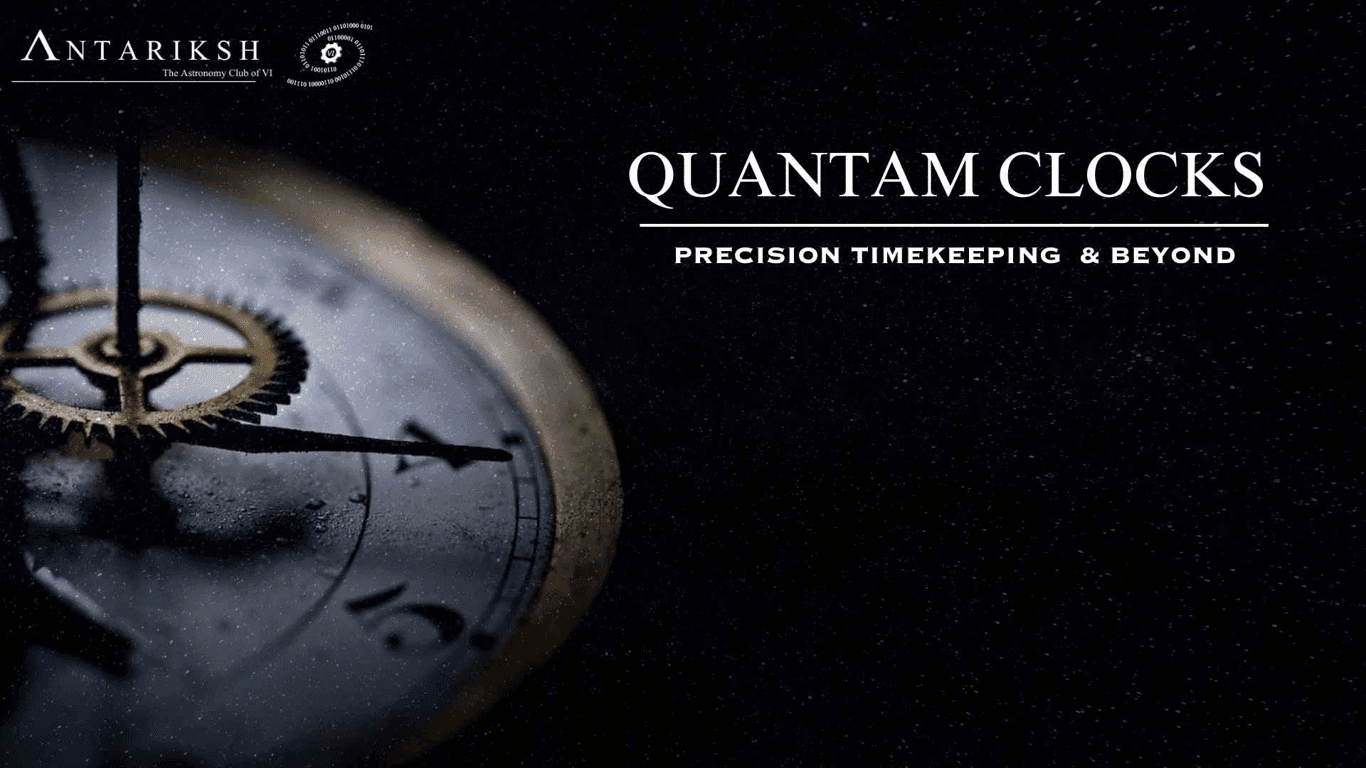
1- Foundations of Precision Measurement
Precision measurement is crucial in scientific research for ensuring reliable data, which drives experimental accuracy and technological advancement. Historically, measurement methods have evolved significantly, from rudimentary ancient tools to modern standards like the metric system and the International System of Units (SI). Measurement types—such as length, time, and mass—each require specific techniques, ranging from rulers to atomic clocks, which aid in achieving accuracy.
Standards like SI units ensure consistency and comparability across global laboratories. Measurement uncertainty, which quantifies the range within which the true value is expected to lie, is essential in precision. Uncertainty is typically measured through two methods: Type A (statistical analysis) and Type B (external sources). Combining these uncertainties offers a comprehensive uncertainty measurement, critical for data reliability.
In the future, as technology and fields like quantum mechanics progress, demand for even greater measurement precision will increase, potentially leading to new methodologies. This understanding enables scientists to effectively interpret findings and enhances collaboration across disciplines.
| Published on 22 Dec 2024

Time Dilation, Length Contraction and the Bending of Light
Fundamentals of light have been the origin of many abstract and unique phenomena in our universe, like time dilation, length contraction and gravitational lensing, to name a few. Multiple experiments, along with deductions from astronomers and scientists like A. Einstein, P. Fermat and more, have been able to provide a cohesive understanding of these happenings. This paper thus goes to review and put together the correlation and logical overlap of such topics, from the bending of light (refraction) in contrast to the “bending” of light in space.
| Published on 10 Dec 2024

Neutron Stars: The Dense Giants of the Universe
In this article we will explore the world of neutron stars, how massive dying stars undergo extreme transformation. From their first theoretical prediction to their effects on gravitational waves. We will further investigate the structure of the neutron star, from its thin atmosphere to its mysterious core. This article also examines their extreme physical features, including rotation, gravity, mass, and magnetic field. It also explores different types of neutron stars and their behavior in space. India’s contribution to this story is also discussed, focusing on institutes like TIFR and IUCAA, missions like ASTROSAT, and advanced observatories like GMRT.
| Published on 03 Dec 2024

Planet Hunting : Detection Methods of Exoplanets
The field of exoplanet discovery and research has grown significantly since the first confirmed detection in 1992. This article reviews prominent methods for detecting exoplanets, primarily focusing on Doppler Spectroscopy and Transit Photometry. The Doppler method analyzes spectral shifts caused by the gravitational influence of orbiting planets, while Transit Photometry measures the periodic dimming of a star's light as a planet transits its disk. Both methods have led to the identification of numerous exoplanets, including intriguing cases like Kepler-452b, HD 189733 b, and TOI-4603b. Despite their successes, challenges remain, necessitating continual advancements in detection techniques. The paper concludes by highlighting the potential of upcoming missions like TESS and the James Webb Telescope to further enhance our understanding of exoplanets.
| Published on 30 Sep 2024

Integral Field Spectroscopy
Integral Field Spectroscopy (IFS) is an innovative observational technique in astronomy that simultaneously captures spatial and spectral information across a two-dimensional field of view, creating comprehensive three-dimensional data cubes. This method significantly enhances our understanding of celestial objects, enabling the detailed mapping of physical, chemical, and kinematic properties of galaxies, nebulae, and star-forming regions. The article explores the principles of IFS, its applications in studying ionized gas, and its role in detecting faint emission line sources. By drawing upon recent studies, particularly those related to advanced surveys like the MUSE project, we highlight IFS's contributions to extragalactic astronomy and its potential to uncover the intricacies of galaxy formation, evolution, and the dynamics of dark matter.
| Published on 23 Sep 2024

The White Dwarf Stars
This article explores the evolution and formation of white dwarf stars, tracing their development from star formation in nebulas to their final stages of life. White dwarfs are remnants of medium-sized stars that have exhausted their nuclear fuel, like our Sun. The article details the processes leading to their creation, their unique properties such as extreme heat and low luminosity, and their cooling process over billions of years. Additionally, it discusses the significance of white dwarfs in understanding stellar evolution and the future of similar stars, highlighting the role they play in the dynamics of the universe.
| Published on 09 Sep 2024